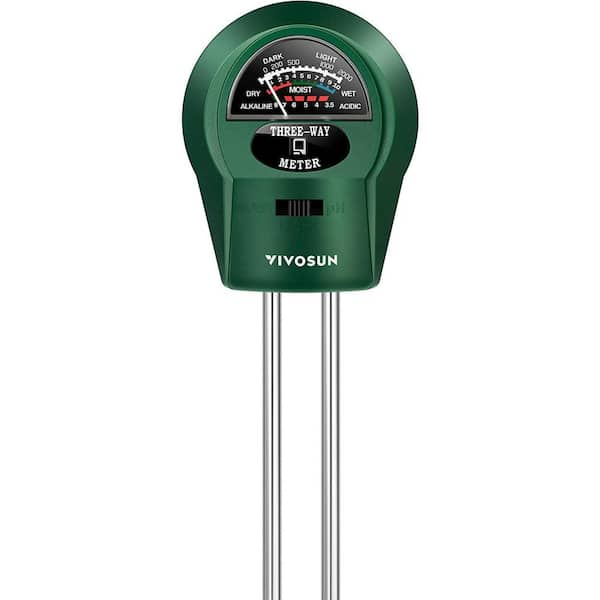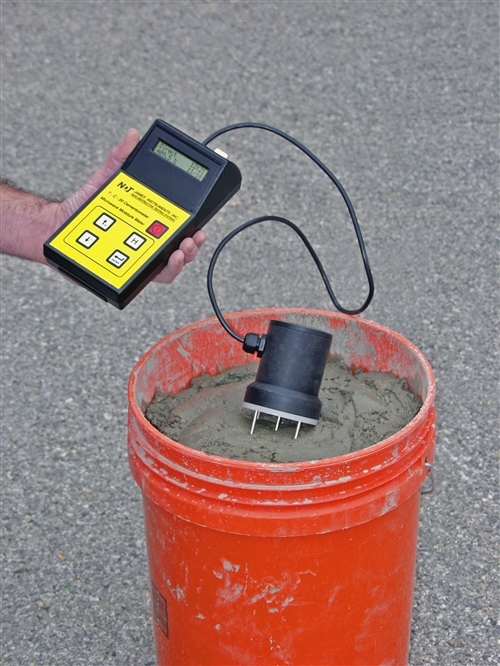Why Every House Owner Requirements a Moisture Meter: Key Benefits and Functions
Why Every House Owner Requirements a Moisture Meter: Key Benefits and Functions
Blog Article
Comprehending the Significance of a Moisture Meter in Stopping Mold and Water Damages in your house
In the realm of home upkeep, the visibility of wetness can often be a quiet yet awesome adversary, efficient in triggering prevalent mold development and dangerous water damages if left untreated. Amidst the relaxing setting of a residence, hidden wetness concerns can brew under the surface, posing a danger to both home and health and wellness. Outfitted with the right devices and expertise, house owners can proactively battle these prospective threats. Understanding the importance of a wetness meter in this fight is not simply a choice however a calculated requirement.
Significance of Moisture Detection
Effective dampness detection techniques are crucial for protecting properties and avoiding potential mold development and water damages. Dampness can permeate into various structure products, resulting in architectural problems and wellness dangers. By making use of a moisture meter, home owners can proactively recognize areas vulnerable to excess wetness, permitting prompt intervention and mitigation methods.
Moisture meters offer exact readings of wetness degrees in various products such as timber, drywall, and concrete. This information aids in determining locations of concern, even in covert or hard-to-reach areas. Early discovery of wetness accumulation allows timely repair services or modifications to protect against additional damage.

Just How Moisture Meters Job
Dampness meters play a crucial function in the positive identification of excess wetness, assisting in the avoidance of potential mold growth and water damages by offering accurate analyses of dampness degrees in various building products. These gadgets function based upon various principles, relying on their kind. Moisture Meter. Pin-type wetness meters, as an example, have 2 pins that permeate the product to gauge the electrical resistance between them. When dampness is existing, it boosts the material's conductivity, leading to a lower resistance analysis. Pinless dampness meters, on the various other hand, use electromagnetic sensing units to scan the product without creating damage. These sensing units release electromagnetic signals that permeate the product and measure the dielectric properties, indicating moisture content. Some advanced moisture meters pin both combine and pinless technologies for thorough wetness detection. Understanding just how moisture meters function is essential for timely and exact moisture degree evaluations, allowing effective safety nets against mold and water damage.
Finding Early Warning Indicators
Upon initial evaluation of a property, identifying refined signs of excess dampness ends up being important in the very early discovery of potential mold development and water damage. Water spots can signify leakages or seepage, while peeling paint or wallpaper might be an outcome of dampness compromising the adhesion of these products to the surface area. Additionally, a boost in allergy signs or respiratory problems among passengers may recommend the visibility of mold due to excess moisture.
Avoiding Mold And Mildew Development
Identifying early indication of excess moisture within a home not only allows prompt discovery of read this article potential mold development and water damages but additionally serves as an aggressive procedure in stopping the expansion of mold and mildew. To efficiently prevent mold growth, it is vital to deal with any resources of wetness immediately. This can consist of fixing leaks in roofs, pipes, or windows, guaranteeing correct ventilation in damp areas like kitchens and washrooms, and utilizing dehumidifiers in high-humidity areas. Routinely maintaining the building and examining's plumbing, roof covering, and seamless gutters can additionally aid in avoiding water intrusion that could cause mold development.
Along with attending to moisture sources, maintaining interior humidity levels below 60% can substantially inhibit mold development. Proper ventilation, adequate insulation, and using air conditioners or followers can aid control interior moisture degrees. Monitoring wetness levels in areas vulnerable to dampness, such as cellars and creep spaces, making use of a dampness meter can likewise aid in early detection of raised wetness levels and possible mold and mildew development. By taking aggressive steps to stop excess moisture and mold growth, home owners can secure their building and indoor air quality.
Advantages of Regular Tracking
Normal monitoring of wetness levels in a residential property can play a critical duty in maintaining a healthy indoor setting and protecting against prospective mold and water damages. By on a regular basis inspecting moisture levels, homeowners can discover any concerns promptly and take required activities to stop mold growth and water damage.
Furthermore, routine surveillance permits property owners to track patterns and fads in wetness degrees gradually. By establishing a standard and tracking modifications, individuals can identify any kind of locations of problem or potential susceptabilities in the property's structure. This data-driven approach enables targeted interventions and maintenance efforts to resolve underlying concerns before they intensify into even more significant issues. Inevitably, the regular tracking of dampness degrees empowers house owners to secure their residential property, guard their health and wellness, and protect the integrity of their interior setting.

Verdict

By making use of a moisture meter, residential property proprietors can proactively determine locations vulnerable to excess dampness, permitting for timely treatment and mitigation techniques.

Checking dampness degrees in areas prone to moisture, such as cellars and creep spaces, using a moisture meter can likewise aid in very early detection of elevated dampness levels and prospective mold development. (Moisture Meter)
Report this page